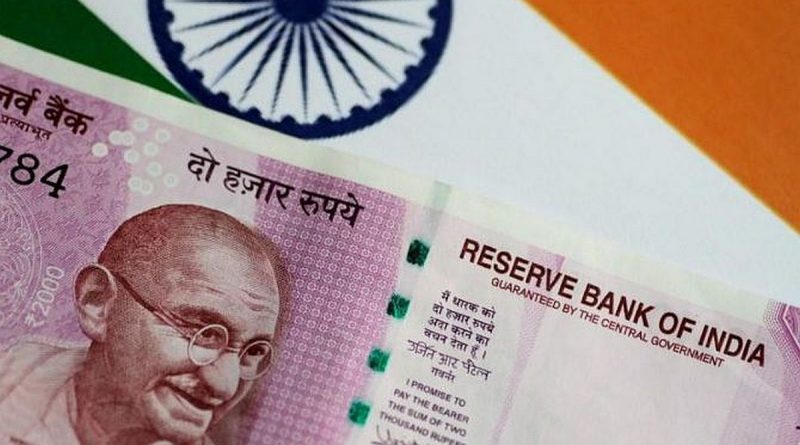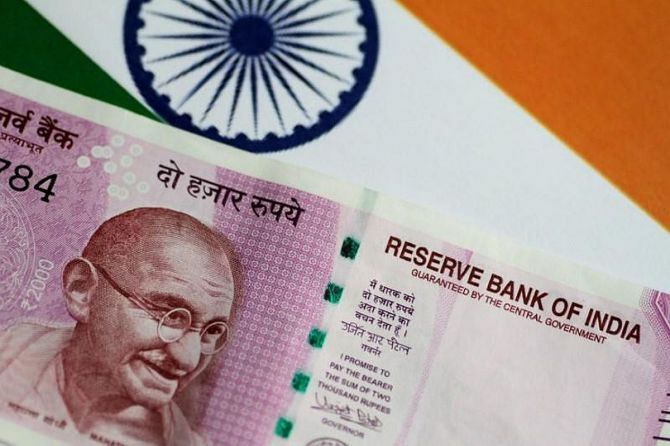Current account deficit likely to narrow in 2023
Reserve Bank of India cites IMF’s calculations that have predicted India to be a $-5.4 trillion economy by 2027.
Bhaskar Dutta reports.
Lead indicators suggest that domestic current account deficit (CAD) is likely to reduce in 2023, while macro-economic stability has received a boost from inflation being brought back to the official tolerance band, according to the Reserve Bank of India’s (RBI’s) January 2023 Bulletin.
“With the merchandise trade deficit reaching an all-time high of $83.5 billion in a quarter, and a rise in net outgo from the income account, the current account deficit increased to 4.4 per cent of GDP in Q2FY23,” the State of the Economy article in the bulletin said.
“It is noteworthy, however, that the CAD for Q1 was revised down from 2.8 per cent to 2.2 per cent on account of downward adjustment in Customs data.
“Similar adjustments may impinge on the CAD for Q2FY23 as Customs data or imports are revised,” the RBI staff wrote.
In November 2022, the government’s chief economic advisor had said the CAD for the current fiscal year was expected at around 3-3.2 per cent of GDP, which is much higher than 1.2 per cent in the previous year.
The State of the Economy article counts RBI Deputy Governor Michael Patra as one of its authors.
The views expressed in the article are those of the authors and do not represent those of the RBI.
Early developments in 2023 suggest that macro-economic stability is getting further entrenched in India, with the latest data showing that the first “milestone” of monetary policy – bringing inflation into the RBI’s 2-6 per cent tolerance zone – was being passed, the RBI staff wrote.
The objective for 2023 is to “tether” inflation so that it aligns with the RBI’s 4 per cent target by 2024. This aim represents the second milestone of the RBI’s monetary policy, the article said.
India’s Consumer Price Index (CPI)-based inflation in December eased marginally to 5.7 per cent from 5.88 per cent a month ago, staying within the RBI’s tolerance range of 2-6 per cent.
Core inflation, which strips out the volatile components of food and fuel, has, however, remained around elevated around 6 per cent since May 2022, the article said.
In its last policy statement in early December, the RBI had placed emphasis on the need to bring down elevated and sticky core inflation.
Turning to economic growth, the article said the next fiscal year may see a deceleration in real GDP growth from 7 per cent this year — according to the estimates of the National Statistics Office — to 6.5 per cent as had been projected by the RBI in September 2022.
The RBI has projected India’s GDP growth at 6.8 per cent for the current fiscal year.
“At current prices and exchange rates, therefore, India will be a $3.7-trillion economy in 2023, maintaining its lead over the UK as the fifth-largest economy of the world.
“According to the IMF’s calculations, India will move into fourth place in 2025 and into the third place in 2027 as a $-5.4 trillion economy,” the article said.
The RBI staff warned in the article that for emerging and developing economies, the largest risks in 2023 emanated from US monetary policy and the American currency.
The article said that while some countries have shown resilience in the face of sharply higher US interest rates, others are on the edge of crises due to difficulties in servicing external debt.
Commenting on the banking system, the article said that from May to December of 2022, the external benchmark based lending rate and the 1-year median marginal cost of funds-based lending rate (MCLR) increased by 225 bps and 107 bps, respectively.
The RBI raised the repo rate by 225 bps in 2022.
“On the deposit side, the median term deposit rate (card rates) on fresh retail deposits increased by 75 bps during May to December,” the article said.
Source: Read Full Article


